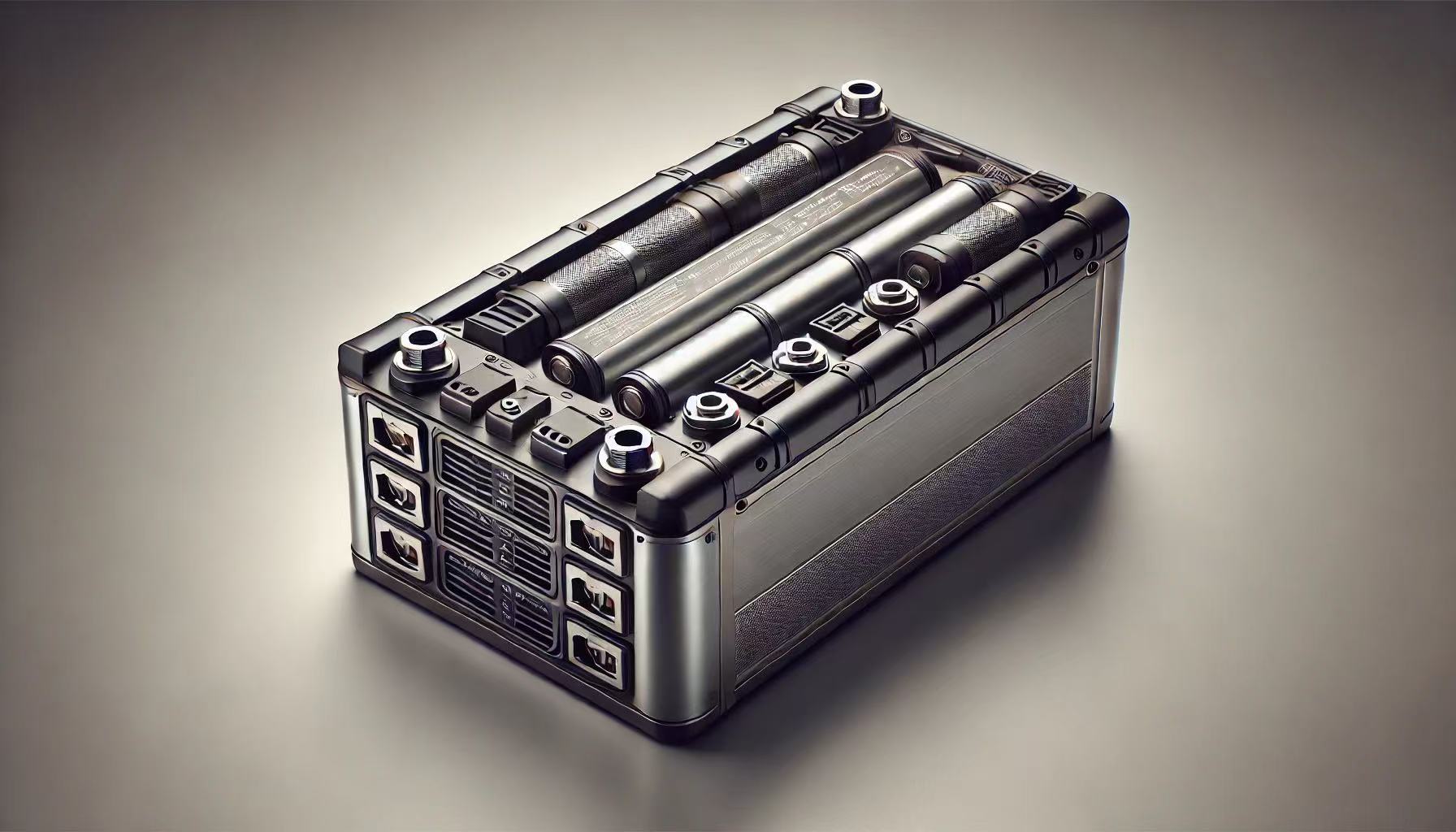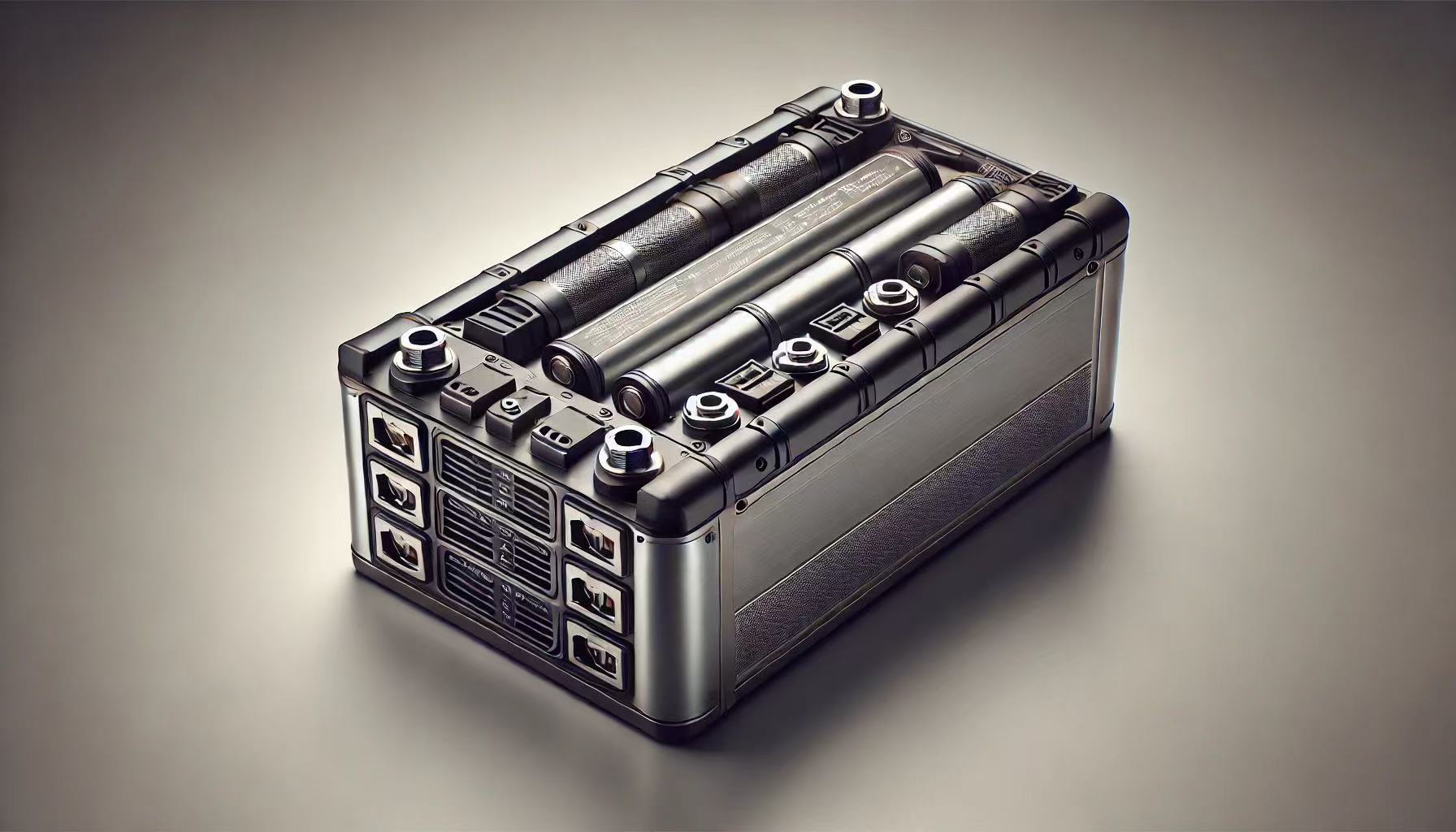
The custom battery industry in the United States is undergoing a transformative phase, driven by advancements in electric vehicles (EVs), renewable energy storage, and portable medical devices. As we move deeper into 2025, the market is projected to reach $12.8 billion, with a compound annual growth rate (CAGR) of 9.3% from 2023 to 2025. This article provides an in-depth analysis of the latest trends, key market segments, and emerging opportunities in the custom battery sector.
Market Size and Key Segments
The demand for custom battery solutions varies significantly across industries. Below is a breakdown of the major segments and their projected growth:
1. Electric Vehicle (EV) Custom Battery Packs
- 2023 Market Size: $3.2 billion
- 2025 Projection: $4.7 billion
- Growth Rate: 46.9%
EV manufacturers are increasingly adopting custom battery designs to improve energy density, charging speed, and thermal management. Companies specializing in high-performance lithium-ion and solid-state batteries are seeing the highest demand.
2. Industrial Energy Storage Systems (ESS)
- 2023 Market Size: $2.1 billion
- 2025 Projection: $3.0 billion
- Growth Rate: 42.9%
With the rise of renewable energy projects, industrial-grade custom batteries are critical for grid stabilization and backup power. Lithium iron phosphate (LiFePO4) batteries dominate this segment due to their long cycle life and safety.
3. Medical Device Batteries
- 2023 Market Size: $1.4 billion
- 2025 Projection: $1.9 billion
- Growth Rate: 35.7%
Medical equipment manufacturers require ultra-reliable, compact, and long-lasting batteries for devices like portable oxygen concentrators and surgical tools. Custom solutions with enhanced safety certifications (UL/IEC 60601) are in high demand.
4. Military and Defense Applications
- 2023 Market Size: $900 million
- 2025 Projection: $1.3 billion
- Growth Rate: 44.4%
Military contracts are fueling innovation in ruggedized, extreme-temperature, and lightweight battery systems. Key applications include unmanned aerial vehicles (UAVs) and portable communication devices.
Regional Demand Trends
The U.S. custom battery market is geographically concentrated in states with strong industrial and technological ecosystems:
- California (28% of demand): Dominates the EV and solar energy storage markets.
- Texas (19% of demand): A hub for industrial energy storage and data center backup solutions.
- Michigan (15% of demand): Home to major automotive OEMs investing in next-gen battery tech.
Companies looking to expand should consider establishing localized supply chains in these regions to reduce lead times and logistics costs.
Key Industry Challenges
Despite rapid growth, the custom battery market faces several hurdles:
- Supply Chain Disruptions
- Shortages of lithium, cobalt, and nickel continue to impact production timelines.
- Many manufacturers are shifting to localized sourcing to mitigate risks.
- Regulatory Compliance
- New Department of Energy (DOE) efficiency standards (effective Q3 2025) will require stricter testing and documentation.
- Companies must ensure compliance with UL, UN/DOT 38.3, and IEC 62133 certifications.
- Rising Material Costs
- The price of battery-grade lithium carbonate has increased by 18% since 2024, squeezing profit margins.
Emerging Technologies Shaping the Future
Several innovations are set to redefine the custom battery landscape in 2025 and beyond:
1. Solid-State Batteries
- Benefits: Higher energy density, faster charging, and improved safety.
- Adoption: Expected to enter small-scale commercial production by late 2025.
2. AI-Optimized Battery Management Systems (BMS)
- Use Case: Predictive maintenance and real-time performance tuning.
- Market Impact: Could reduce battery failures by up to 30%.
3. Recyclable and Sustainable Designs
- Trend: Manufacturers are investing in closed-loop recycling to recover lithium, cobalt, and graphite.
- Regulatory Push: California’s SB 244 mandates battery recycling programs for all suppliers.
Future Outlook and Strategic Recommendations
The U.S. custom battery market is poised for sustained growth, but companies must adapt to evolving challenges. Key strategies for success include:
- Diversifying Supply Chains: Partnering with multiple raw material suppliers to avoid shortages.
- Investing in R&D: Accelerating development of solid-state and sodium-ion batteries.
- Enhancing Certification Processes: Streamlining compliance to meet new DOE and international standards.
For businesses looking to enter this space, 2025 presents a critical window of opportunity—especially in high-growth sectors like EVs, renewable energy storage, and defense applications.
Conclusion
The U.S. custom battery market is evolving at an unprecedented pace, driven by technological innovation and increasing demand across multiple industries. Companies that prioritize flexibility, sustainability, and regulatory compliance will be best positioned to capitalize on this booming sector.
For more insights on custom battery solutions tailored to your needs, contact our team of experts today.



